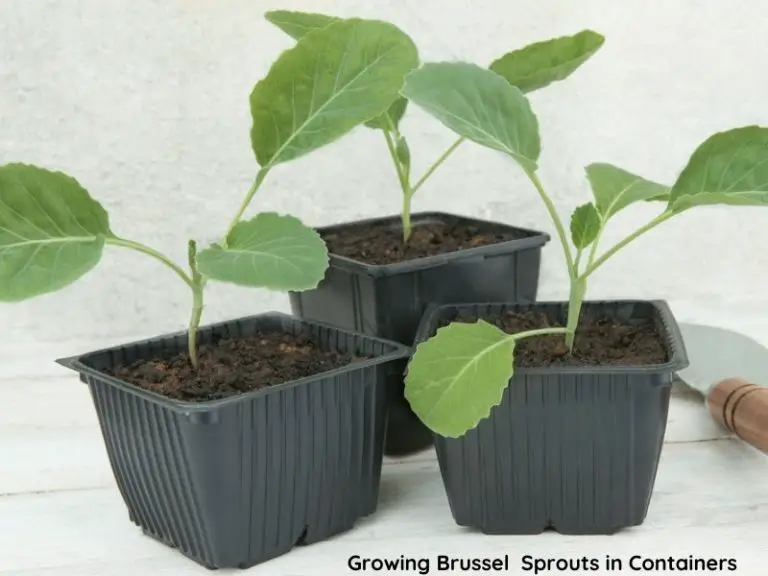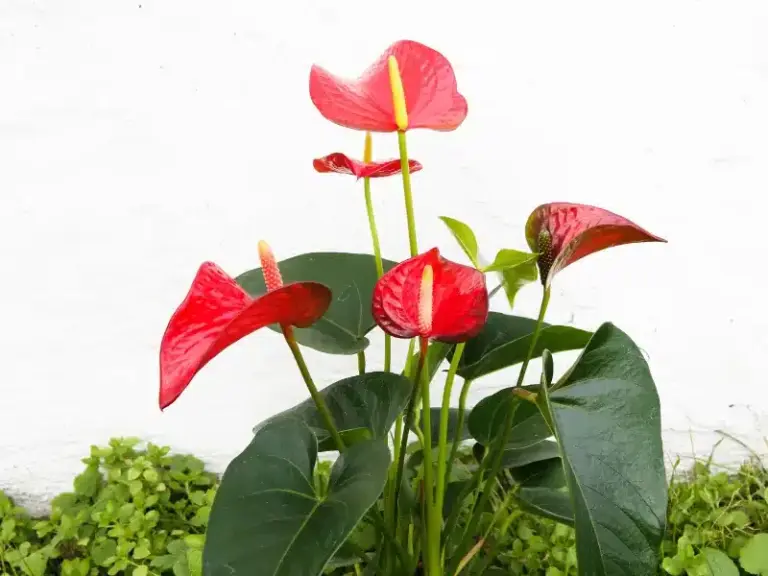How To Build a Raised Garden Bed
A raised garden bed is a box or frame that rests above ground in a sunny area filled with high-quality soil. Most raised gardens have a base that is open to allow the roots of the plants to get to the soil nutrients below.
With a raised garden bed, you can create ideal conditions for whatever you want to plant, whether your terrain is sandy, claylike, or hard-packed.
Are Raised Beds a Good or a Bad Idea?
It mostly depends on the person. Raised beds are an excellent idea for people who want to be more involved in their gardening. They are also great if you have poor or rocky soil, lack gardening space, or have difficulty kneeling or bending down due to joint pain, injury, age, etc.
If you want to be more self-sufficient, save money, limit your exposure to pesticides and herbicides, or grow organic food, using a raised garden bed is a good idea.
Unfortunately, a raised garden bed is not for everyone. It might be a bad idea in some situations because it does not provide all the benefits of a regular backyard garden to the casual onlooker. Raised beds have several disadvantages, including irrigation, soil quality, costs for construction, and selection of plants. It is also hard to maintain raised beds because they dry out quickly.
How To Build a Raised Garden Bed Cheaply
The most common way of building a raised bed is with wood. You can also use other materials like bricks or stones. First, think about your space or location in the yard and how big you want the garden. Then you can pick what material to use for your bed and how many you want to build.
You will need tools like a shovel, saw drill, and related power tools. You also need materials like wooden boards or other suitable materials for your beds. Not only that, but you have to choose what type of wood you want for your raised bed. Use woods that are naturally resistant to rot. This includes oak, cedar, and redwood.
Position your boards.
First, position your boards. If you are using wood, layout the planks horizontally and make sure they are nice and straight. You can also seal them with water repellant or protect them from rot by using fungicide.
Prop up the short sides.
First, you need to make a frame. Put the short ends of boards up and pound in rebar stakes a few inches deep on each side of the frame.
Now you can put nails where your wood and rebar meet and secure them together with two nails on each side. Ensure these are hammered in securely because it’s what holds the whole thing together.
Add more support.
Install rebar a foot from each short side’s corner and remove temporary supports with a hammer. Along the long side, place two rebar sections two feet apart. The soil will act as reinforcement once the frame has been filled. After that, hammer in the rebar until 6 to 10 inches are visible above ground level.
Fill it up.
Now you can fill your open-air bed with soil, leaving at least 6 inches of space between the top of the wood and the surface. Build pathways through your gardening space by using bricks or stones to separate different kinds of plants.
Pros and Cons of Raised Beds
Backyard gardening on raised beds has become increasingly common in the last five to ten years. Aside from weed control and improved soil quality, it is also easier on your back, thus a great option for those with back issues. All the raised garden bed hype, however, ignores several disadvantages or logical inconsistencies.
Pros
It makes your soil quality better.
The primary reason to build raised garden beds is that they improve the quality of your soil. By raising it above ground, you increase drainage and aeration, which leads to less compacted soil and better-growing conditions for plants.
Raised beds also make it possible to incorporate organic soil amendments and compost into the growing area, which helps to improve the overall quality of the garden.
Manageability
Gardening on raised beds is a controllable technique to garden intensively in a limited space. You can alter the dimensions and shape of your raised beds according to your preference and crop requirements.
Compared to traditional gardens, raised vegetable gardens have a tidy, prim appearance that is easy to care for and visually appealing.
Less weeding and maintenance
Raised beds don’t need to be tilled because they are not compacted. This means that plants grow better. If the garden beds are well-maintained and mulched, there will also be fewer weeds.
Prevention of soil compaction and plant damage
Using raised beds helps keep soil and plants healthy by preventing soil compaction and harm from foot activity. The pathways are used instead of the gardens, which minimizes plant damage and soil compaction.
Longer growing season
Raised beds warm up more rapidly and drain better in the spring, provided adequately prepared soil. Raised beds allow plant roots to breathe more easily.
Easier soil amendments
Raised beds make it easier to modify the soil, allowing you to grow plants in places where they would not grow. They are also good for areas with sloping terrain. Parking lots and other hard-to-garden urban soils can benefit from raised beds.
Material conservation
Water, fertilizer, mulch, and soil additives are easier to manage in a garden because there is less space.
Cons
The hot and dry climate
If you live in a hot and dry area, alternative gardening might be better for your home. They are container gardens. When compared to in-ground beds, raised beds experience more heat buildup and accelerated drying. It’s perfect for a chilly, rainy climate, but it may not work so well in a dry one.
Costly to construct raised beds.
Building a raised garden bed may be pricey regarding the size and quality of materials. It is especially true for those who are not very carpenter-savvy.
Limited walking space
It is necessary to have walkways through the garden when using raised beds. The lack of walking space may be a deal-breaker for those with limited land.
The 4 Best Raised Garden Beds
1. CedarCraft elevated cedar planter.
The CedarCraft elevated cedar planter is an excellent solution if you have mobility or accessibility difficulties. It’s 30 inches tall, so you won’t have to bend or squat as much, which means less stress on your back and knees.
In addition to deterring rabbits and other garden pests, the increased height makes it easier to harvest your crops. It’s built from rot-resistant cedar and doesn’t require any special tools to put together. This planter’s dimensions are ideal for a deck or small patio: they’re 18 x 34 x 30 inches.
2. Vegepod Raised Garden Bed
The Vegepod is made of polypropylene plastic, which is resistant to rot and long-lasting. The attached cover on the Vegepod helps protect your plants from the sun, cold, high winds, and pests while it’s self-watering. Its wicking system keeps the soil moist, allowing established plants to go for weeks without watering without re-establishing themselves.
As a result, its canopy offers protection while allowing moisture and air to pass through. A mist-spray watering system is integrated into the canopy and may be used by attaching a standard garden hose. As previously mentioned, the Vegepod’s height may be adjusted to the user’s waist if needed.
3. Mixc Raised Garden Bed
This wheelbarrow-style raised garden bed can be moved around your patio, deck, or backyard thanks to its two wheels and handle. The planter box includes drainage holes, and the bed has a shelf and hooks on the sides for storing tools and other items. There are two sizes available, both 31 inches tall.
4. Multi-Tier Raised Vegetable Garden
It’s composed of fir wood, and it has a three-tier structure. In this setup, you can utilize the lower tier for herbs and the middle for growing vegetables like peppers while saving space on the top for root vegetables like carrots and potatoes that need more area underground.
Additionally, the containers do not have to be stacked on top of one another. To put it together, use screws and a screwdriver to tighten them together.






